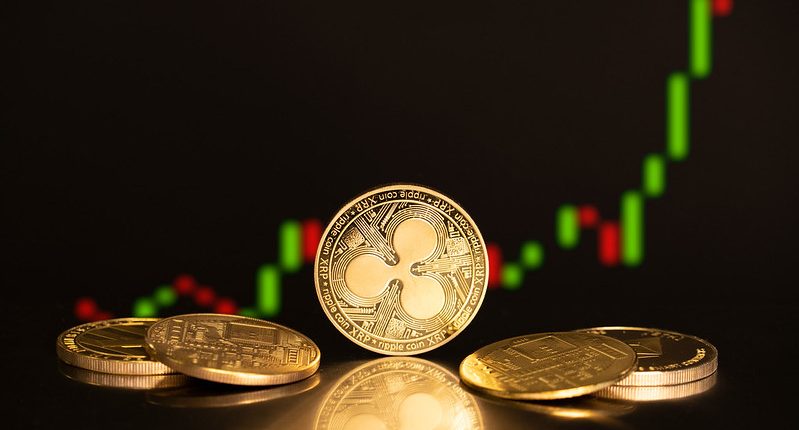The US Securities and Exchange Commission (SEC) and Ripple Labs have officially ended their lawsuit, which had lasted nearly five years. Both parties filed a joint motion to dismiss their appeals in the US Court of Appeals for the Second Circuit. As part of the settlement, Ripple agreed to pay a $125 million fine, ending the long-standing uncertainty surrounding the legal status of its XRP token.
The case initially began in 2020, when the SEC filed a lawsuit accusing Ripple Labs of conducting an unregistered securities offering through the sale of XRP. The commission argued that XRP should be classified as a security, meaning Ripple should have complied with federal securities laws. However, Ripple challenged this claim, maintaining that XRP is a digital currency and therefore does not fall under the SEC’s jurisdiction.
And after years of court hearings and appeals, a key decision was made in July 2023 by US District Judge Analisa Torres. She ruled that XRP sold to institutional investors did qualify as an unregistered security, but sales of XRP on public exchanges did not meet that definition. This split decision left Ripple with some obligations, but it also validated Ripple’s argument that XRP is not a security in all contexts.
After the 2023 ruling, both the SEC and Ripple wanted to appeal parts of the case. But earlier this month, they agreed to drop their appeals, accepting the decision as final. Ripple will pay the $125 million fine as part of the settlement, but the money is being held in escrow and will only be released once the dismissal is officially recorded. Meanwhile, the SEC confirmed that both sides would bear their own legal expenses, with no further appeals expected.
This decision becomes significant in several ways. For Ripple, the settlement helped boost the price of XRP a lot in recent months. The price went up from about $1.79 in early April 2025 to a high of $3.56 by late July, almost doubling in value, according to CoinGecko data. Meanwhile, for the broader crypto industry, this ruling sets an important legal precedent by clarifying how digital assets like XRP are treated under US law. It clearly differentiates between sales to large institutional investors and those made to regular buyers on public exchanges.
The Tech Portal is published by Blue Box Media Private Limited. Our investors have no influence over our reporting. Read our full Ownership and Funding Disclosure →






